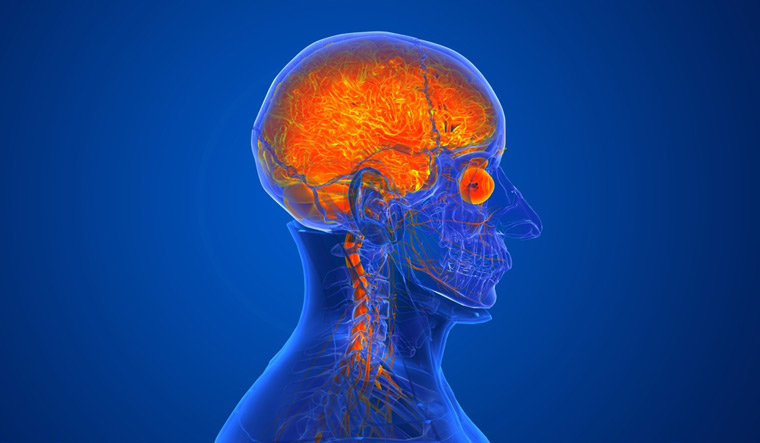Researchers have developed a new brain imaging method that enables the diagnosis of mild traumatic brain injuries (mTBIs), even when traditional imaging techniques like magnetic resonance imaging (MRI) do not show any structural abnormalities. This innovative technique involves using immune cells called macrophages, which are loaded with gadolinium, a standard MRI contrast agent. mTBIs cause inflammation in the brain, attracting macrophages to migrate there. By coupling the gadolinium contrast agent to these cells, MRI can reveal brain inflammation and improve the accuracy of diagnosing mTBIs.
Mild traumatic brain injuries, also known as concussions, are often categorized as "mild," but they can have long-lasting effects and increase the risk of various neurological disorders, including depression, dementia, and Parkinson's disease. However, up to 90% of mTBI cases go undiagnosed, even though their effects can persist for years. This lack of diagnosis can lead to further damage if individuals return to normal activities before fully recovering. Additionally, repeated mTBIs have been linked to chronic traumatic encephalopathy (CTE), a neurodegenerative disease prevalent among professional American football players.
The researchers behind this new imaging method aimed to leverage immune cells' ability to home in on sites of inflammation in the body. They attached gadolinium molecules to macrophages, a type of white blood cell known to infiltrate the brain in response to inflammation. However, they faced a challenge because gadolinium needs to interact with water to function as a contrast agent for MRI scans, while the original backpack microparticles repelled water. To overcome this, the researchers developed a new hydrogel backpack that could produce a strong gadolinium-mediated MRI signal and stably attach to macrophages. These new microparticles, called M-GLAMs (macrophage-hitchhiking Gd(III)-Loaded Anisotropic Micropatches), were successfully tested in mice and pigs, showing promising results in detecting brain inflammation.
The M-GLAMs offer several advantages over existing contrast agents. They can achieve better imaging at a much lower dose of gadolinium, making MRI accessible to patients who cannot tolerate current contrast agents, including those with kidney problems. Furthermore, the M-GLAMs can indicate the presence of inflammation in the brain, but they cannot pinpoint the exact location of injuries or inflammatory responses in brain tissue. However, when combined with new treatment modalities, they could provide a more rapid and effective way to identify and reduce inflammation in mTBI patients, minimizing damage and speeding up recovery.
The researchers have submitted a patent application for their technology and hope to bring it to the market in the near future. They are also exploring collaborations with biotech and pharmaceutical companies to accelerate the technology's progression to clinical trials. This innovative approach demonstrates the potential for leveraging immune cells to improve medical imaging and enhance patient care


